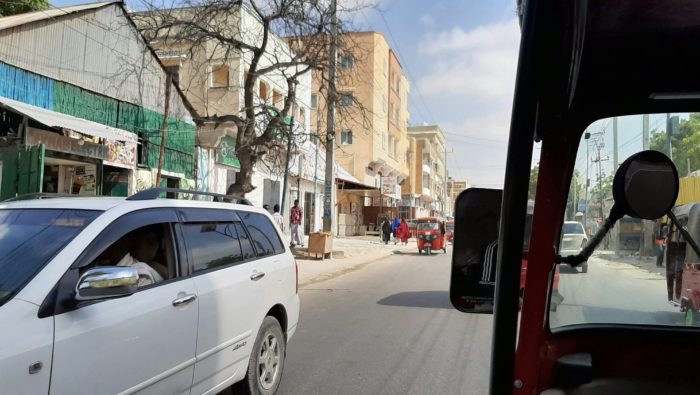
Exploring the Lived Experiences of Adolescent and Young Somali Women Through the Rivers of Life Methodology

For the past few years, I have been engaged in research that has mostly sought to understand the futility of regional and international efforts to resolve the protracted insurgency in Somalia. To gain insight into this phenomenon, I chose to interview and interact with Somalis who have borne the brunt of the unending conflict. However, along the way, I realised that many of the Somalis I spoke to were generally guarded and would rather not talk to a researcher about their life history. My hunch was that, they had experienced some form of trauma. While Somalia as a country has been at war for more than three decades now, some of the women I interacted with, were restrained by the conservative religious and patriarchal cultural norms that preclude them from public life. They were performing the roles expected of women; motherhood and nurturing children in the precincts of their homes. They were not expected to find time to engage in a research project.
Despite being aware of such limitations, I progressed with my research and along the way, I developed an interest in inquiring into the lived experiences of adolescents and young Somali women in the Al-Shabaab insurgency. My interest was sparked by a research visit I had to a Somali Family in Kisenyi, a Kampala suburb that is predominantly inhabited by Somali refugees. During the visit, I observed that I was not allowed to interact with the adolescent girls and young women without adult male supervision.
Wondering how I could facilitate my interlocutors opening up about their experiences, I adopted the rivers of life methodology that urges research participants to reflect on the flow of their life experiences. This methodology, uses a metaphor of a river to encourage research participants to depict their journey or history with all its twists and turns. It was originally devised as an ‘ice breaker’ exercise, for use in workshops where participants coming from diverse backgrounds need to quickly introduce themselves to one another and build rapport. Over time, it has been used as a participatory data-generating method for qualitative research in group settings where participants share their individual and collective experiences.
Through an experienced English Translator who is a Somali, I used the rivers of life approach to encourage the adolescents and young women to draw on their experiences of the ways in which their lives had gone through so many courses which oscillate between different seasons from the peaks, lows, the constants, flows and the meanderings. This was an important way to open up conversations and focus on the innate value of their story.
In the course of my research, I found that this methodology was well suited to explore the individual and collective experiences of living under the control of a weak government and a non-state armed actor with a religious orientation. In these conversations, participants revisited the circumstances that pushed them into forced displacement and the status of being a refugee. The participatory nature of the rivers of life methodology allowed the participants to engage in a thorough introspection into their lives for close to two hours. It also enabled them to talk freely about their experiences, that only they could explain, without being steered by my questions. This allowed me to build rapport with them. I encouraged the adolescents and young women to share what they have experienced in their lives from what they can recall from their childhood, growing up in Somalia, until when they were displaced and eventually forced to seek refuge in Uganda and their experiences living as refugees in Uganda. The beauty of this methodology is that it allows uninterrupted free flow of the conversation between the participants; unlike interviews where the researcher asks the questions and probes responses. To my surprise, I observed that, despite the presence of adult male supervision, the participants, freely talked about their life back in Somalia, how unpredictable everything was, with one particularly noting that the sound of gunshots in Somalia is as normal as cars hooting on the roads. They touched on the challenges of being refugees despite Uganda’s accommodative refugee policy. The participants also expressed hope that they and their families will soon be repatriated to European countries or America. After my interaction, I realised that, the rivers of life methodology offered the best way for me to respect their experiences and encourage them to share them with a stranger.

